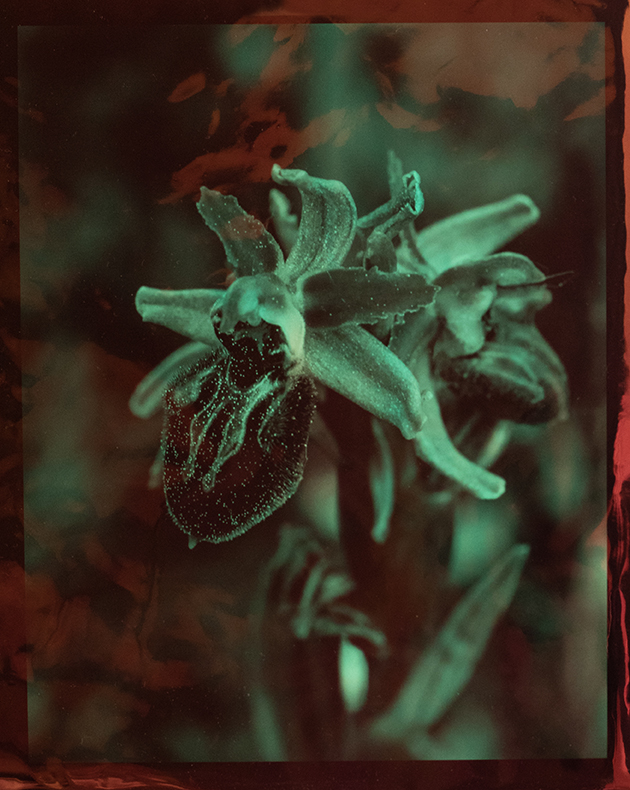THE MUSEUM OF PLANT ART
SET 2023
Filigranes Editions
AUTHOR: Almudena Romero
TEXT: Michel Poivert
Dimensions: 6.6 x 9.8 inches
Languages: French/English
Price: 25,00€
Print: coming soon
ISBN : coming soon
#19 « The Museum of Plant Art » (Almudena Romero)
Putting an end to plant blindness
On the subject of flowers and photographic creation, Almudena Romero could have started with the modern reference that, in the eyes of Georges Bataille* and Walter Benjamin**, Karl Blossfeldt's famous work Urformen der Kunst (1928) represented. This catalog of enlarged plants, prepared under the lens, served as models for students of the decorative arts in the early 20th century, as they sought new forms in nature. The book soon became the manifesto of a New Objectivity, whose distanced aesthetic may seem far removed from our sensibility today. Almudena Romero preferred to draw inspiration from the conceptualist exercises of John Baldessari, the teacher and the artist (Assignment sheets, 1970), proposing to answer the question "How can plant be used in art?", and to answer it performatively. This is an opportunity for her to reverse the perspective: it's no longer a question of reading symbols in flowers, or detecting a stylistic repertoire in them, but rather of restoring plants to their rightful place. This deanthropization is intended to repair plant blindness, the anthropological inability of Western humans to consider plants as autonomous species - the invisibilization of the plant-being.
Asking how plants themselves make art - and not how they provide motifs for it - brings into play the "great divide", as anthropologists call it, between nature and culture. How do plants produce shapes, colors and scents in such harmony that art emerges? How can we make people aware that this is not just the empirical result of nature's adaptation to reproductive or predatory functions? Plants create colors, shapes and scents. To be understood, this agentivity of plants needs to be approached from an aesthetic standpoint, the common ground shared by humans and plants. Could plants teach us their art? That's Almudena Romero's challenge: to make humans feel a language with which they are unfamiliar. In other words, to get the viewer to see the plant as a subject (in its own right), to decolonize the imaginary world of flowers, and to receive a new signal from the plant kingdom, one that can connect us peacefully to plant beauty, and let us conceive that it is the thoughtful result of an exchange with the world.
Plants express themselves through their needs (pollination) - they attract, they seduce, they repel, they dance, they renounce - so they also express themselves through their desires. Almudena Romero's optical, olfactory and tangible plunge into the world of plants takes the form of a museum of plant artists. This poetic and erudite encyclopedia calls on us to consider our gardens as new museums for natural artists. But more than that, it shows us the path by which our encounters with plants will be changed, and where our senses will allow us to take a step in the direction of the flowers that will populate our imaginary museum.
*Georges Bataille, "Le langage des fleurs", Documents, n°3, 1929.
**Walter Benjamin, "New on flowers", Die Literarische Welt, November 23, 1928.Michel Poivert

